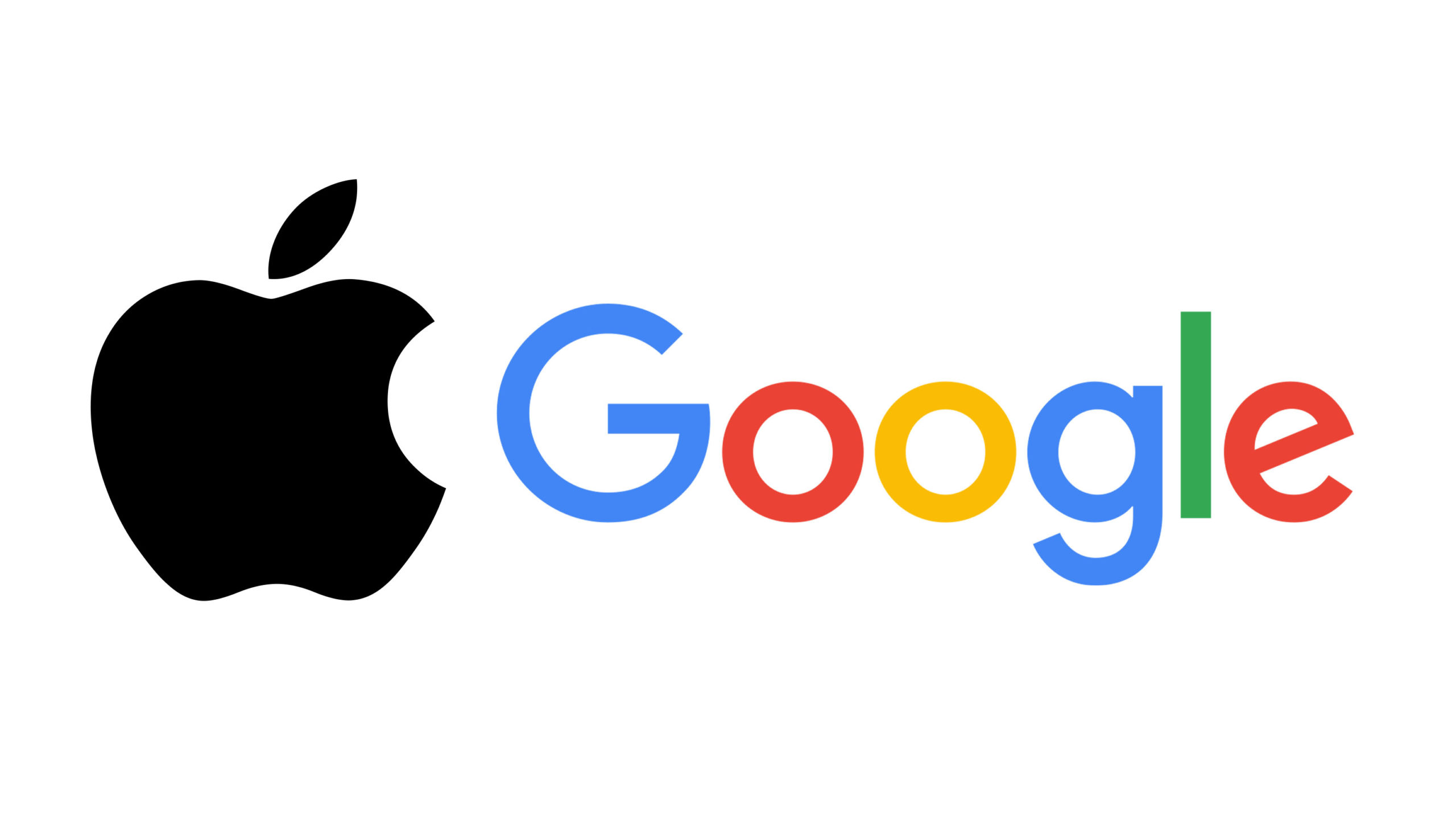
Apple and Google continue to provide updates and more details about their work on a COVID-19 tracking API, now referred to as ‘exposure notification.’ MobileSyrup has published several updates regarding the new details. You can find all the articles related to the exposure notification API below.
- Apple and Google’s Exposure Notification System now publicly available – 20/05/2020
- New UI samples show Apple, Google’s exposure notification system – 04/05/2020
- Apple, Google begin rolling out betas with exposure notification API – 29/04/2020
- Apple, Google update exposure notification APIs with new protections and capabilities – 24/04/2020
- Apple, Google share more details about COVID-19 contact tracing system – 13/04/2020
- Apple, Google developing tool to help public health officials track COVID-19 – 11/04/2020
Over the weekend, Apple and Google announced a joint effort to develop a contact tracing system using smartphones and Bluetooth. At the time, there were a few details that remained vague. However, on April 13th, the companies began sharing more information about how the system would work, how it would be distributed and how it would protect people’s data.
Representatives from both companies addressed some of the burning questions around the contact tracing system in a call with press Monday afternoon. They said that the system has been in development for about two and a half weeks now.
When it comes to pushing adoption of the system, representatives believe making it easy to understand and making sure everyone knows about it are key to increasing adoption. That will start with public health authorities and journalists getting the word out.
For those concerned about people “gaming the system” and falsely claiming to have COVID-19, company representatives said Apple and Google would work with public health authorities to develop ways to verify claims before alerting users of potential contacts. One way representatives suggested was that positive tests would include a QR code that users could scan to verify their infection and upload stored beacons to the network.
Severs will act as broadcast mechanisms
Representatives also discussed the system’s built-in protection against surveillance. Namely, they pointed to the decentralized nature of the data. Only phones store the data and the only data stored are the beacons passed between devices that are within BLE proximity. Those beacons are essentially numbers that mean nothing until an infected user uploads their set of beacons to the server. The server then distributes those numbers to phones which check stored beacons for matches. Because of this strategy, there is no central database for malicious actors to access and no identifying data that could be obtained in a breach.
Data sent to the servers will only be available for about 14 days. Representatives suggested users think about the server as a broadcast mechanism for alerting people to potential contact with COVID-19. Plus, the process will be entirely opt-in and neither company supports governments mandating the use of the platform.
Further, only official public health authorities will be able to access the APIs required to build these tools. Apple and Google believe that contact tracing is a legal public health responsibility and therefore only public health agencies with the legal power to perform contact tracing should have access to the platform.
On top of this, representatives said that resources would be made available to help public health authorities create apps using the APIs. Those tools could include sample apps for public health authorities to build on.
API distribution will look different depending on the platform
When it comes to distributing the APIs required for the system, it will look different depending on the operating system. Google representatives said the company plans to distribute the update via Google Play Services and not through an Android update. That would allow the company to push the API out to more Android devices faster and ensure higher adoption of the feature.
Apple, on the other hand, is still considering how to achieve its goal of getting the API onto the widest number of devices possible. It’s considering the capability of older hardware as well.
Finally, when asked what percentage of a population would need to use the system to make it effective, representatives said that the more, the better. While they don’t know for certain, representatives estimate that getting to 50 or 60 percent adoption would lower the R0 (R naught) to one or less.
The R0 is a measure of how many people a sick person will infect on average. The basic idea is that a disease needs an R0 of more than one for it to be able to spread for an outbreak to happen. So far, estimates put the R0 of the coronavirus that causes COVID-19 between 2.0 and 2.5. To compare, the seasonal flu has an R0 of about 1.2.
Representatives from Apple and Google stressed that the contact tracing solution isn’t a silver bullet that will solve everyone’s problems. Instead, it’s a measure designed to help mitigate the spread. As such, contact tracing will still need adequate testing measures to identify infected people and isolate them.
You can learn more about how contact tracing works here.
MobileSyrup may earn a commission from purchases made via our links, which helps fund the journalism we provide free on our website. These links do not influence our editorial content. Support us here.


